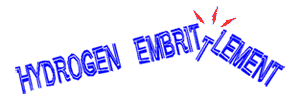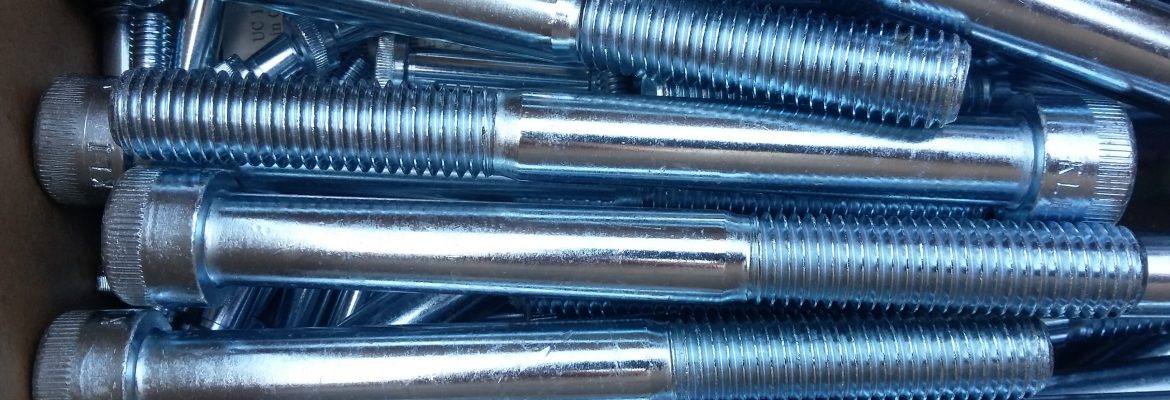
Despite years of research on hydrogen embrittlement, the scientific community seems to agree that much is still not understood and considerable controversy exists regarding the mechanisms whereby hydrogen exerts influence on metals. However, one thing is certain, hydrogen can cause damage to steel.
All electroplating processes take place in an aqueous solution. Hydrogen gas is liberated at the cathode during various pretreatment and electroplating processes. The active hydrogen can embrittle both the chromium deposit and the steel part being plated. When hydrogen enters steel, it can cause a loss of ductility, a loss of load carrying ability and/or microscopic cracks and failures at applied stresses below the normal design strength of the steel.
Certain types of steel are more susceptible to embrittlement. Steels that have been heat treated to a hardness of Rockwell C31 or higher are often at greatest risk. Hydrogen can also be introduced during the fabrication and/or welding of a steel component. During pre-electroplating, the cleaning and certain pickling solutions are more apt to introduce hydrogen into the steel.
The most popular accepted method to help alleviate hydrogen embrittlement is with a process called, “relief-baking.” Electroplating specifications should use the following criteria to determine the need for hydrogen embrittlement relief (baking):
a) Any high strength steel having a Rockwell Hardness (HRc) of 31 or higher and/or a tensile strength of 1000 MPa or higher, should be baked between 374º-428º F.
b) The baking duration should fall between 8 – 22 hours, depending on the actual hardness rating/tensile strength of the steel.
Click on our BAKE CHART link to view specific bake times for various strength steels.
For steels of actual tensile strength below 1000 MPa (HRc-31), heat treatment relief baking after plating is not essential.
Most specifications require relief baking within three hours of plating, while some require baking within one hour of plating. The process serves to remove or redistribute the hydrogen, but may further reduce the fatigue limit of high strength steels. This fact was a phenomenon described by R.A.F. Hammond and C. Williams (“metallurgical Reviews,” 5, 165, 1960) and again by J.K. Dennis and T.E. Such (“Nickel and Chromium Plating -2nd Edition,” 1986, p. 72).
Sonic Plating Co. Inc. does not manufacturer or fabricate metal. We are not aware of the customer’s proprietary design considerations, operating stresses, metal composition or metal hardness level of any part(s) sent to us for electro-plating. To help reduce the risk of hydrogen embrittlement, we strongly suggest that our customers abide by ASTM standard B850-98 (reapproved: 2009), for relief baking times. It is important that our customers indicate to us at the time of the order, the correct hardness level of the steel part(s) as well as the correct bake time that is desired. Sonic Plating Co. Inc. assumes no liability, nor can we make any promises or guarantees, that your plated and/or baked part(s) will be totally hydrogen-free as a result of any step(s) of the plating and/or baking process. Additionally, Sonic Plating Co. Inc. assumes no liability for parts that perhaps should have been hydrogen relief baked, yet were not as a result of the customer’s decision.
To learn more about hydrogen embrittlement relief, click on our BAKING PROCESS link.

